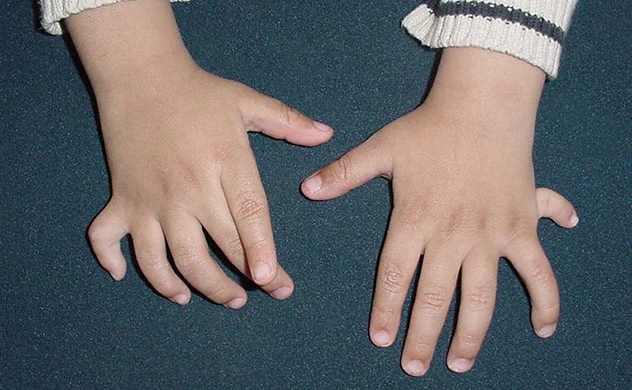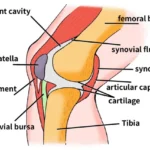Overview
Congenital hand differences refer to any anomalies in the hand and arm present from birth. These differences can significantly vary in appearance and function, impacting a child’s daily activities to different extents.
Congenital hand differences develop during early pregnancy when the baby’s upper limbs are forming. These differences may be hereditary, associated with other medical conditions, or occur without a known cause. While some children adapt well without intervention, others might require therapies or surgical treatments to improve function and independence.
Types of Congenital Hand Differences
Congenital hand differences can affect both the shape and function of a child’s hand and arm, occurring in approximately 2 out of every 1,000 live births. These conditions are more prevalent in boys than girls and are often not detected before birth.
Congenital hand differences are typically categorised into four groups:
- Malformations: Parts of the hand or arm fail to develop normally in the womb.
- Deformations: The hand and arm begin developing normally but are hindered in some way.
- Dysplasias: Overgrowth or tumour-like conditions affecting part or all of the hand/extremity.
- Syndromes: Hand differences are part of a broader spectrum of diseases.
Common Types of Hand Differences
Syndactyly
Syndactyly, the most common congenital hand difference, involves abnormal connections between the fingers, resulting in webbed or fused digits. This can be a simple fusion of skin or a more complex fusion involving bones and other tissues.
Polydactyly
Polydactyly is characterised by the presence of extra fingers. These additional digits can range from small, nonfunctional nubs to fully formed fingers with bones.
Radial Deficiency
In radial deficiency, the radius bone in the forearm does not develop properly, causing the hand to bend inward. This condition often results in a shorter forearm and may include an underdeveloped or missing thumb.
Transverse Deficiency
Transverse deficiency occurs when all elements below a certain level in the arm are missing, resembling an amputation. This condition often results from vascular issues during development.
Amniotic Band Syndrome
Amniotic Band Syndrome (ABS) occurs when strands of the amniotic sac wrap around parts of the developing baby, potentially leading to restricted blood flow and the amputation of digits or limbs.
Diagnosis and Examination
Most congenital hand differences are identified shortly after birth through a physical examination by a pediatrician. In complex cases, further evaluation by specialists such as pediatric orthopaedic or hand surgeons may be necessary. Imaging tests like X-rays and genetic testing can aid in diagnosis and treatment planning.
Treatment Options
Nonsurgical Treatments:
- Therapeutic Recreation: Activities to build confidence and improve emotional well-being.
- Physical Therapy: Exercises to strengthen the arm and hand, enhancing movement.
- Occupational Therapy: Training to prevent stiffness and improve daily skills.
- Assistive Devices: Tools to facilitate eating, dressing, and other activities.
- Prosthetics: Devices to replace or enhance missing limbs or digits.
Surgical Treatments:
- Separation of Webbed Fingers: Surgical separation of fused digits.
- Removal of Extra Fingers: Excision of supernumerary digits.
- Reconstruction: Repair and reconstruction of affected hand or arm parts.
Long-Term Outcomes
Children with congenital hand differences generally lead high-quality lives, often adapting remarkably to their conditions. Support from families, peer groups, and professional therapy plays a crucial role in their development and emotional well-being.
Conclusion
Understanding and addressing congenital hand differences early can significantly improve the quality of life for affected children. With the right interventions, most children can overcome challenges and lead fulfilling lives.





